Dubai has become the leading center for innovation and technology. The city has taken significant steps to promote innovation and technology through a series of initiatives and programs ranging from environmental to architectural. Now, Dubai has approved a project to create the world’s first 3D-printed mosque.
The mosque will be located in Bur Dubai and will have an area of up to 2,000 square meters, accommodating 600 worshipers once completed.
Bur Dubai is a historic neighborhood in Dubai, United Arab Emirates. It is located on the western side of the Dubai Creek and is one of the city’s oldest neighborhoods. Bur Dubai is known for its historic buildings, museums, bazaars, and being one of the main commercial and tourist areas. The area also features several modern shopping centers, luxury hotels, restaurants, and cafes.
The way the mosque will be built will be revolutionized through 3D printing. The construction process will take a total of two years, with the building facade taking approximately four months to complete using a robotic 3D printer and the rest of the time taken to equip the proper facilities.
“We elected to 3D-print the mosque because it’s a new and innovative technology that can potentially save time and resources compared to traditional building methods,” said Alhalyan Alsuwaidi, Head of Engineering at the Dubai Government’s Islamic Affairs and Charitable Activities Department (IACAD).
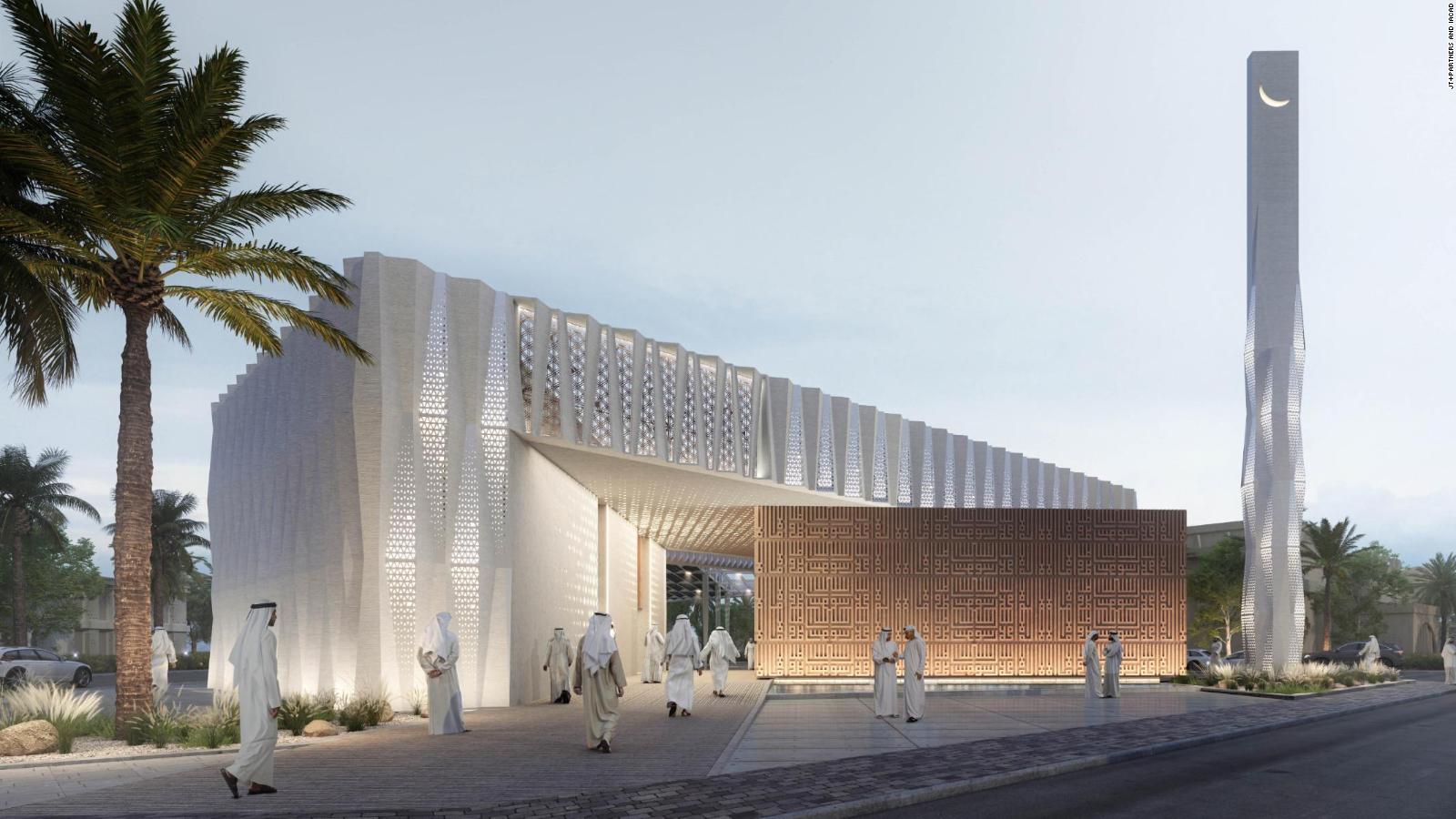
3D Printed Mosque courtesy of JT+Partners and IACAD
The mosque will be built using a combination of raw materials and specially prepared concrete, which will help ensure the mosque’s durability and longevity for about 30 years. Although the cost of building the mosque will be approximately 30% more than traditional methods due to its groundbreaking nature, the cost will be similar to traditional methods in the future, according to predictions from the companies involved.
For many, this project also represents a significant milestone from a cultural perspective. The mosque is a symbol of the Islamic faith, and its construction using cutting-edge technology highlights the importance of modernizing traditional practices while preserving cultural heritage. The project is also a testament to Dubai’s commitment to innovation and progress, as it continues to push the boundaries of what is possible in construction and architecture.
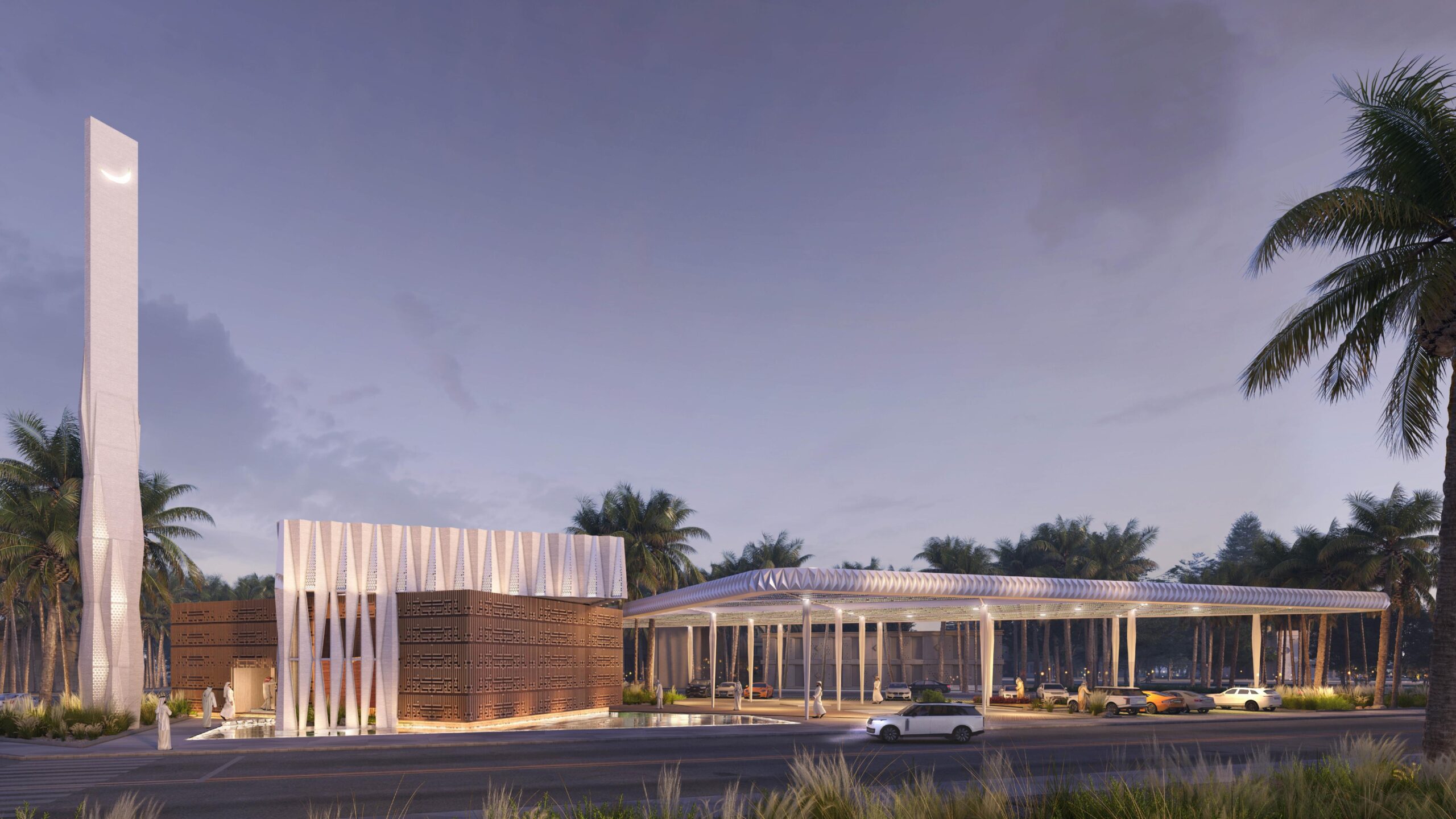
3D Printed Mosque courtesy of JT+Partners and IACAD
One of the major goals of this country is to become the world capital of 3D printing, as it launched the “3D Printing Strategy” in 2018, which aims to have 25% of new constructions printed with 3D technology by 2030 in the Emirates.
By 2019, Dubai already held the world record for the largest 3D-printed structure, the Dubai Municipality Building, standing 9.5 meters tall with an area of 640 square meters. It is also home to the world’s first 3D-printed office and a 3D-printed drone research laboratory.
Thus, this first 3D-printed mosque is a development that showcases the great potential of this technology in the construction industry. It also emphasizes the importance of modernizing traditional practices while preserving cultural heritage and customs. Furthermore, as mentioned earlier, it cements Dubai’s commitment to being a center of innovation and progress. With its expected completion by 2025, the mosque is sure to become a major landmark for the country and for the 3D printing industry.


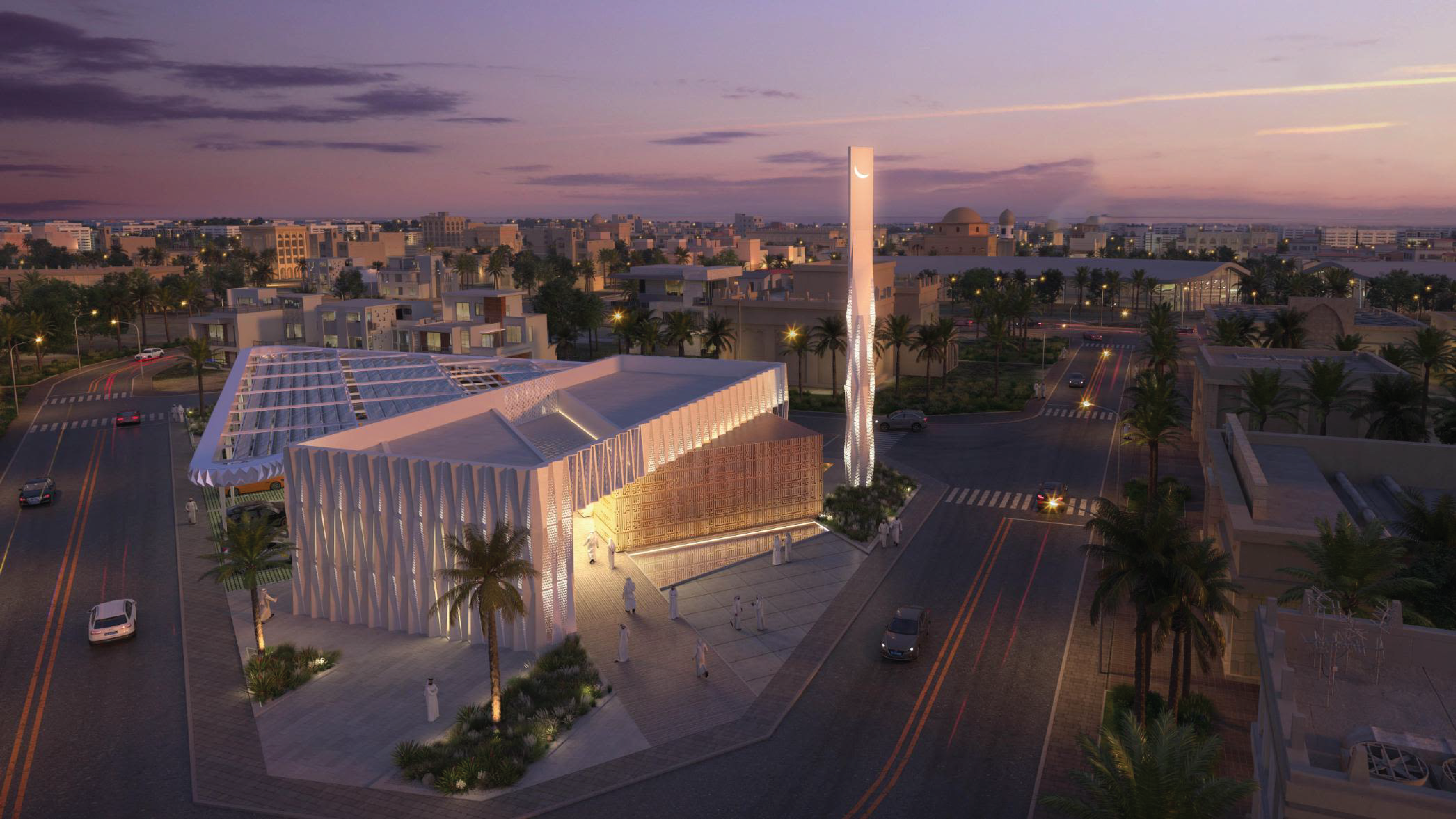
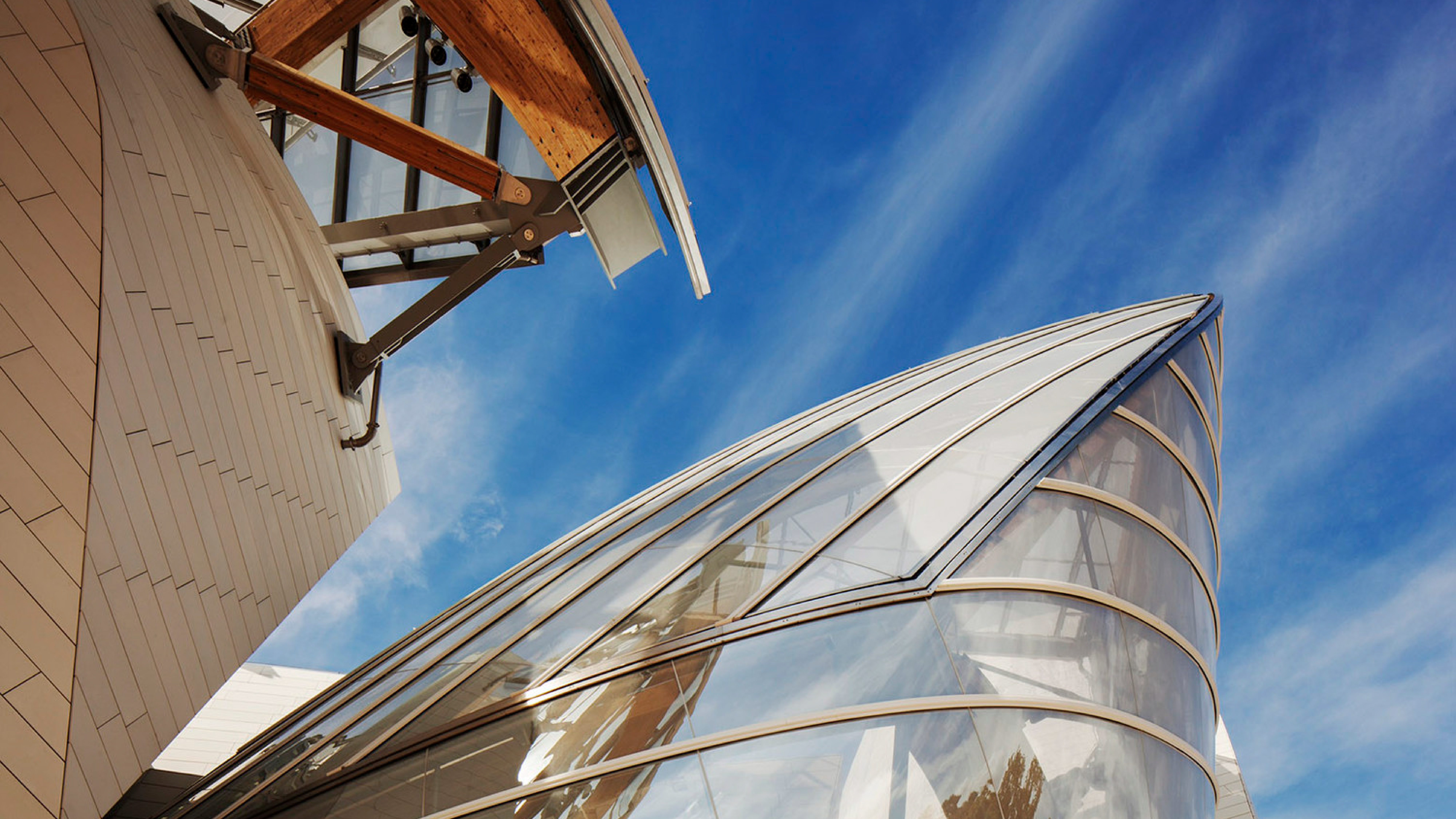
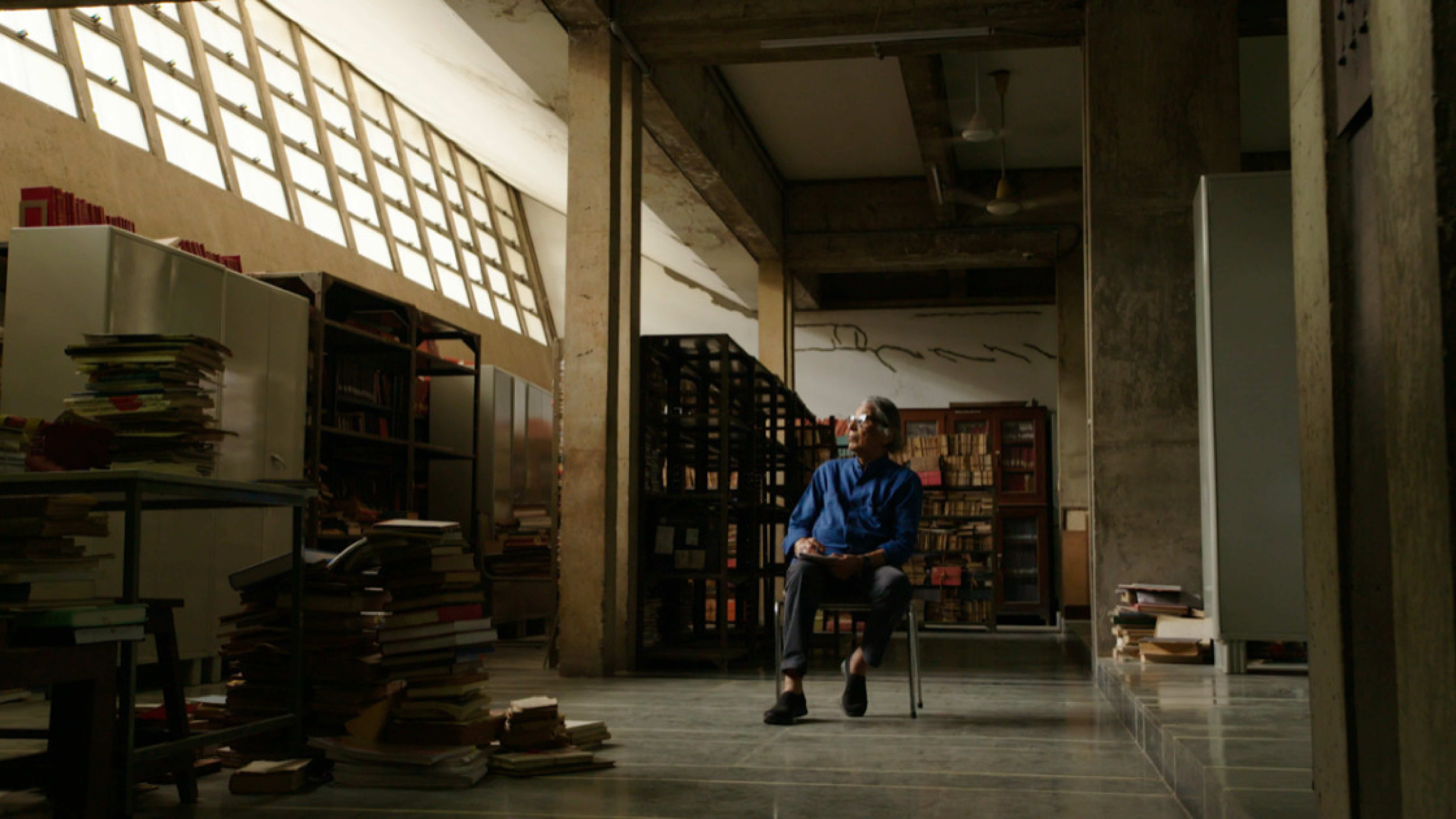
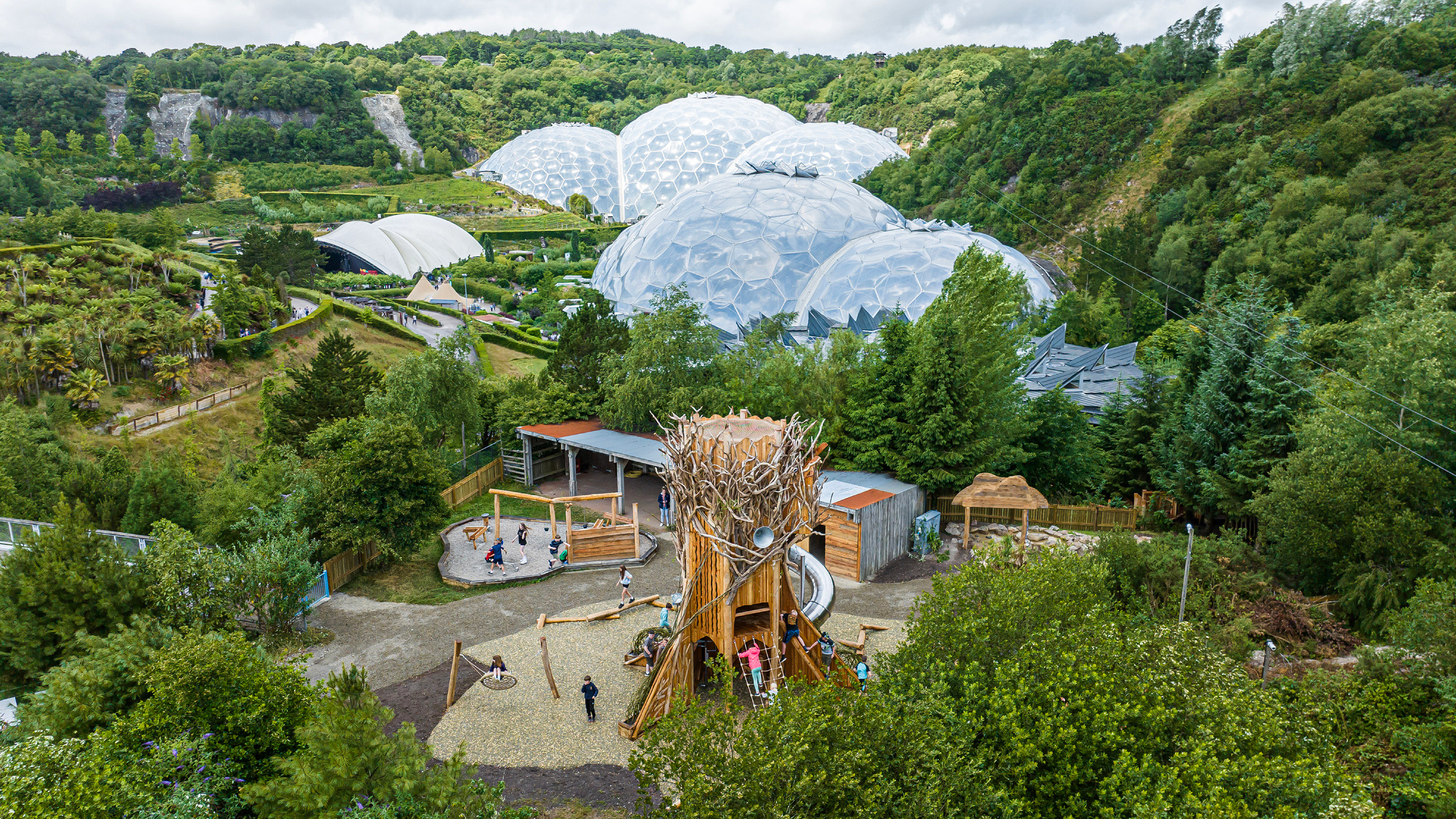

Leave A Comment